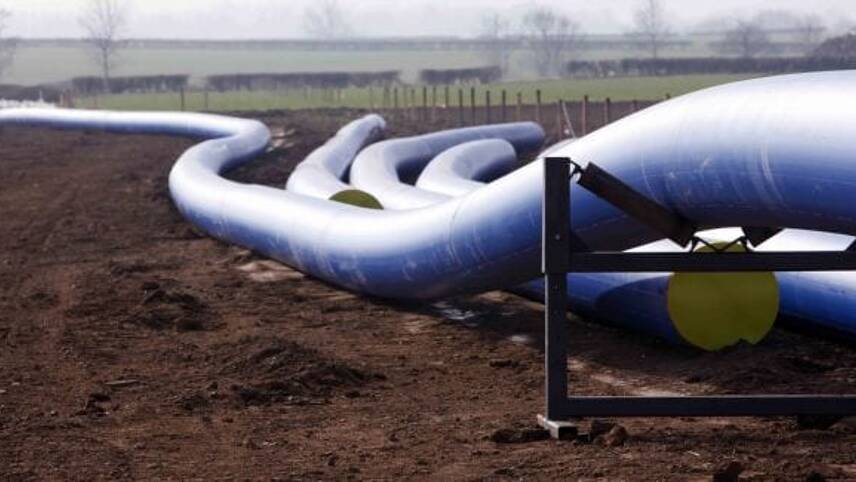You’ve reached your limit!
To continue enjoying Utility Week Innovate, brought to you in association with Utility Week Live or gain unlimited Utility Week site access choose the option that applies to you below:
Register to access Utility Week Innovate
- Get the latest insight on frontline business challenges
- Receive specialist sector newsletters to keep you informed
- Access our Utility Week Innovate content for free
- Join us in bringing collaborative innovation to life at Utility Week Live

The circular economy is being increasingly mentioned but what exactly is it and what does it mean? What is its relevance to those operating in the water industry and how can it help them cut costs and be greener at the same time? This is the first of a series of articles from the BPF Pipes Group taking a closer look at understanding the circular economy and using as an example the role of plastic pipes within it. The series explains why we as an industry should take notice of its growing importance.
Previously, what was known as the ‘linear’ economy worked very much on a ‘make, use, dispose’ basis, so the circular economy is a newer way of operating, incorporating the processes of extraction, design, manufacture, transport, use and reuse.
There are many definitions. The European Parliament describes it as ‘a model of production and consumption, which involves sharing, leasing, reusing, repairing, refurbishing and recycling existing materials and products as long as possible.’
The EP definition goes on to say that ‘In this way the life cycle of products is extended. In practice, it involves reducing waste to a minimum. When a product reaches the end of its life, its materials are kept within the economy wherever possible. These can be productively used again and again, thereby creating further value.’
It is clear from the above definition what some of the obvious benefits are but there are more. By reusing and dematerialising, fewer materials and production processes are needed to provide good and functional products. This benefits the environment, too. Thinking of waste as a resource is already happening and it applies to processes as much as to products.
The principles of reduction, reuse and recycle have been around for some time, and the UK’s WRAP definition emphasises the importance of keeping resources in use for as long as possible and extracting the maximum value from them while in use. At the end of their service life they should be recovered and regenerated into other products and materials.
Keeping something in use for an extended period – ‘stretching’ its life – is beneficial, but even more so when at the end of its life it can be turned into something else that is just as useful in a different way. This kind of principle can only benefit the industry, saving new material costs as well as helping to keep products in meaningful circulation for as long as possible.
How do these principles work?
The main principles of a circular economy are to maximise productivity through doing the same or more with less (reduction); eliminating waste by defining materials as either technical or biological nutrients, enabling them to be within material loops (reuse and recycling); adding value to these materials by maintaining their value environmentally and/or economically (also through reuse and recycling); and taking a systematic approach by studying the flow of materials through industrialised systems, understanding how the links and consequences influence each other, and enabling closed-loop processes where waste serves as an input (reduction, reuse, recycling).
If we take plastic pipes as an example, which are widely used across the water and wastewater industry, being able to relate the above principles to the complete lifecycle stages of such a product helps provide a full picture of how and where it fits into the circular economy.
Being able to identify and define the main principles of the circular economy is only the beginning. The next step shows why it is important to understand actions to develop it and how those actions directly apply to the manufacturing and process industries. Our next article will explain this in more detail, including highlighting the benefits of operating in a circular economy.
Please login or Register to leave a comment.